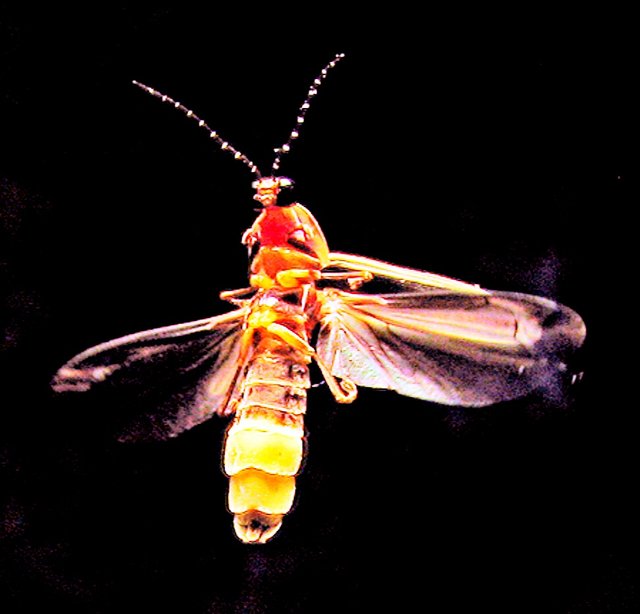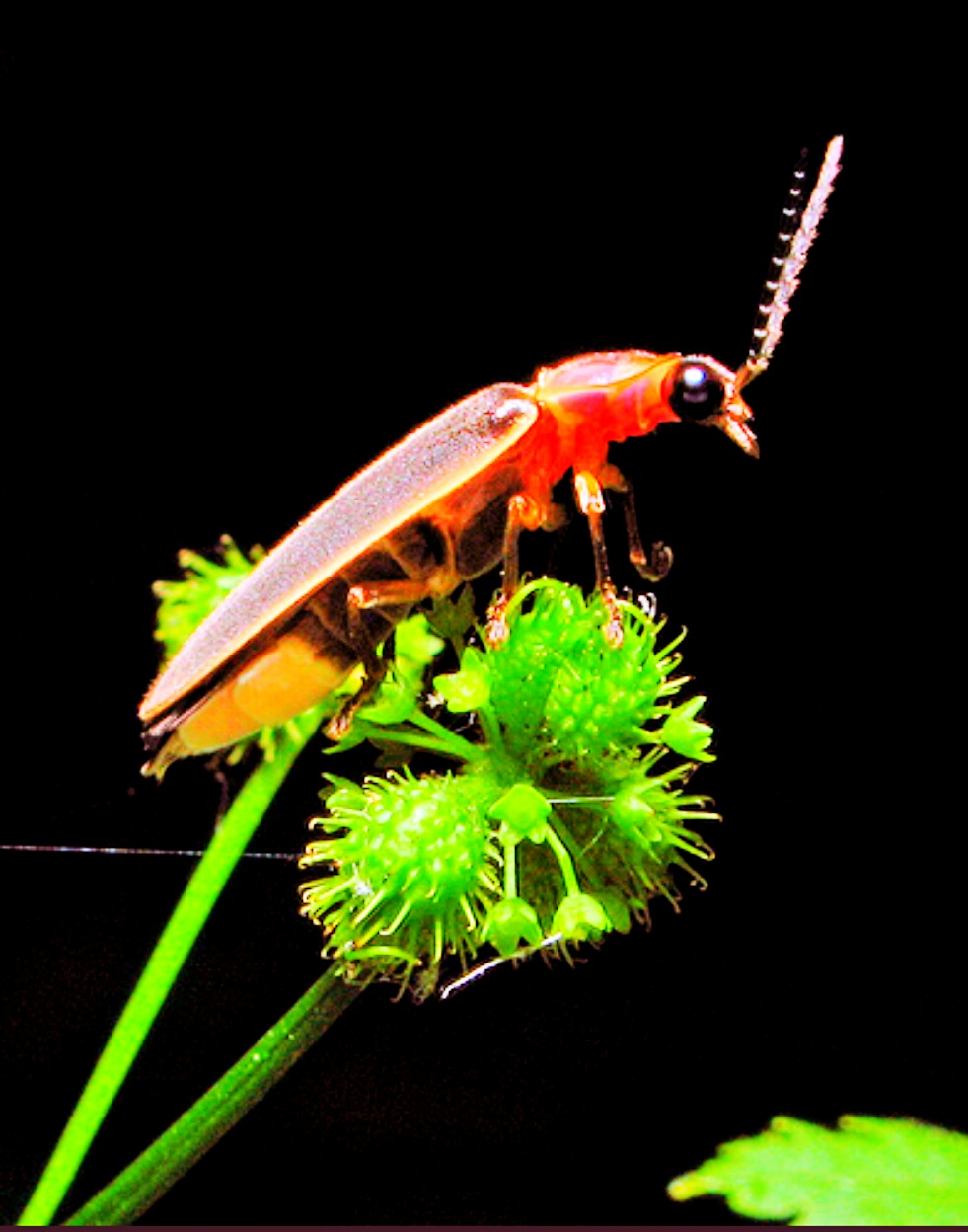Firefly: The Star of the Twilight
Growing up as a kid, I was fascinated by almost everything natural. My mom bore the brunt of my curiosity. My questions ranged from astronomy to biology.
"Mommy, why don't the sun and moon appear at the same time?" I would ask. And that was an easy question.
How about, "Where does the firefly get the electricity with which it glows?" Mommy tried her best to answer all my questions, and she did answer most of them. But she did not answer them all. She could not.

So Where Does the Firefly Get the Electricity with Which it Glows?
Fireflies also called lightning bugs are in the Lampyridae family of insects just like beetles. In summer, they could be seen glowing in the twilight. The firefly makes the glow through chemical reactions within their bodies.
This is called bioluminescence and is not unique to the firefly since other organisms in the sea exhibit this ability. In the case of fireflies, they light up to attract mates and preys. Knowing that fireflies emit light to attract mates makes me feel guilty for catching them and bottling them up back then. Well, that can't be helped now.
The mechanism of producing this light requires specialised cells (called Photocytes) in their body that emits light through some chemical reactions. The cells involved in creating the glow on the firefly's abdomen contain a chemical called luciferin. The light is made when luciferin reacts with oxygen in the air. This process produces another chemical called oxyluciferin. Excellent.
Luciferin (from the Latin lucifer, "light-bringer") is a reasonably stable compound so for it to be ** oxidised **(combine with oxygen) it needs help.
This help is offered by another substance contained within the specialised cells in the abdomen of the firefly known as luciferase.
Luciferase is an enzyme (a biological catalyst) that speeds up the oxidation of luciferin. Oxidised luciferin is not as stable as it was before oxidation in this new, excited state, it intermediately emits light before decaying to its ground state.
The male firefly emits this light every this light every 5.5 seconds. It is not clear why the light comes up and goes down in this interval, but it is supposed that this is the time it takes oxyluciferase to return to the ground state. The colour of light emitted ranges from green, red, and yellow depending on the wavelength.
Fireflies produce a "cold light", with no infrared or ultraviolet frequencies. This chemically produced light from the lower abdomen may be yellow, green, or pale red, with wavelengths from 510 to 670
Oh, so it is not an electrically-produced light? I was disappointed to learn this but chemically produced light is still cool, right? I am delighted with this process, but for the nerdier among us, the light emitting operation happens in two steps:
Fireflies or lightning bugs make light within their bodies. This process is called bioluminescence and is shared by many other organisms, mostly sea-living or marine organisms. Fireflies light up to attract a mate. The fireflies contain specialised cells in their abdomen that make light that make this possible.
The cells contain a chemical called luciferin and make an enzyme called luciferase. To make light, the luciferin combines with oxygen to form an inactive molecule called oxyluciferin. The luciferase speeds up the reaction, which occurs in two steps:
- The luciferin combines with adenosine triphosphate (ATP), which is found in all cells, to form luciferyl adenylate and pyrophosphate (PPi) on the surface of the luciferase enzyme. The luciferyl adenylate remains bound to the enzyme: luciferin + ATP -------------> luciferyl adenylate + PPi
- The luciferyl adenylate combines with oxygen to form oxyluciferin and adenosine monophosphate (AMP). Light is given off and the oxyluciferin and AMP are released from the enzyme's surface: luciferyl adenylate + O2 -------------> oxyluciferin +AMP + light[1]
The above process makes our efforts of finding partners in life seem lame. All you have to do is approach a girl, tell her something nice and possibly make her laugh. If you do it right, she may let you have her number so you can call her take her on a proper date and voila, you have found yourself a mating partner. Firefly has to produce light in its bum and fly around with it!
How Exactly Do Fireflies Attract Mates with the Light?
As should be expected of something so complex, the attraction of the female firefly by the male takes several steps:
1. In the mating season which begins early summer, the female firefly looks out of the glowing abdomen of the male at twilight.
2. Oxygen enters the abdomen of the male firefly as it flies about through a duct called trachea that runs through the exoskeleton to the photocytes.
3. The chemical reactions described in the two-step process takes place, emitting light every 5.5 seconds.
4. This light catches the eye of a ready female, and she emits her light after about two seconds, signalling readiness through a similar chemical process as the male.
5. The male, if he is lucky, escapes the jar with which little human children seek to cage him, and finds the female firefly to mate.
6. The female would lay eggs a few days later which hatches between a couple of weeks and one month to produce baby fireflies.
All these are possible if this procreation process is not cut short by the prying hands and eyes of children like me while growing up.
I hope this post has been informative for you. Thank you for stopping by.
References
1. How Stuff Work | Animals
2. Wikipedia | Luciferin
3. Popular Science | How Fireflies Power Blinking Butts
4. Wikipedia | Fireflies

)
Very good biology and very nice storytelling as well
Thank you. I guess I just really like the firefly. As a child, I thought they were the same with the stars.
Wow! This is like a biology lesson to me. Thanks for sharing this knowledge! I LOVE Biology, my favourite subject. They named the chemical inside the firefly bodies as Lucifer ironically the another name of Satan. Intereseting!
Yeah. There are lots of ironies in life. For instance, who could have thought that Lucifer is actually Bringer of Light and not Bringer of Darkness?
Thanks for stopping by to read my blog. You're appreciated.